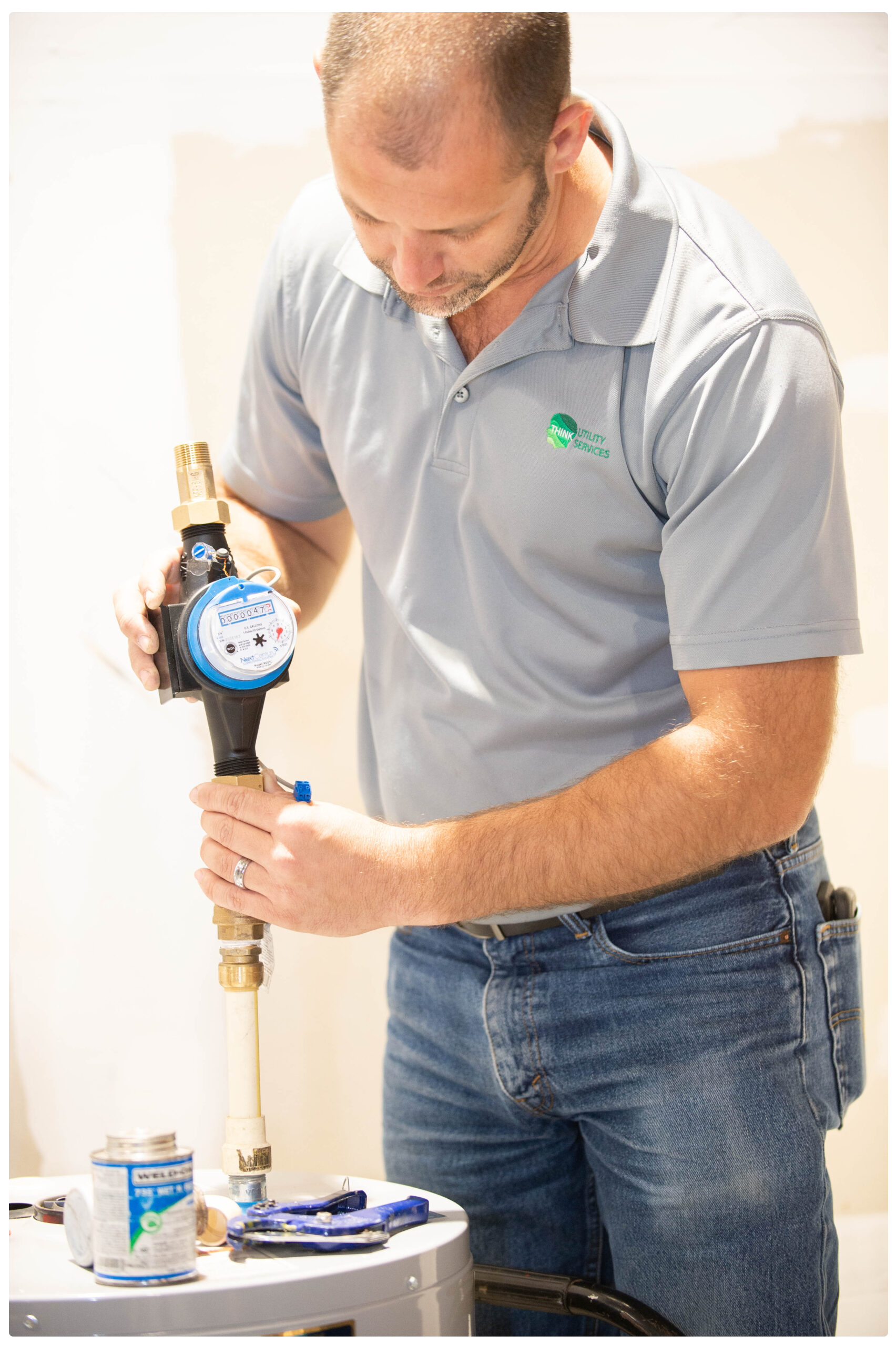What Are Meters, Smart Meters, and Submeters?
What is Submetering?
Submetering allows property owners and managers to fairly assign gas, water and electric costs to individual units within multifamily buildings, homeowners' associations, developments, RV Parks, and more. This process is designed to help landlords better understand how utility submetering works, the different types of utility assigned options, and how to choose an outsourced submetering company.
Multi-family communities are quite often supplied a utility through one or several meters provided by the utility supplier. In apartments, annual utility costs are estimated and factored into rent. For condominiums, these costs are also estimated as part of an annual budgetary process and incorporated into monthly fees. What happens if the utility raises rates, or if consumption is greater than anticipated? The answer is lost revenue.
Submetering is the installation of individual meters in each residence for the purpose of measuring consumption. The cost of usage is passed directly to the consumer on a monthly utility bill. Because consumers pays for what they use, there is a natural inclination to conserve. With respect to water, consumption has been statistically proven to drop by 20-40%.
How is a submetering system installed? Using water meters as an example, the water supply line for each unit is located. A meter is installed in each residence. A radio frequency transmitter is attached to the meter. Repeaters are installed at several property locations. Finally, a receiving system is setup at one location within the property. Each transmitter records unit consumption and sends the information to a repeater. The repeater forwards it to the receiving system. Finally, a billing company is able to retrieve the meter data over the internet or a cellular connection, and uses it to create billing charges. Click here to schedule your free consultation:

Providing Submetering Services through
United States of America
Need to know more about our sub metering services in your state?
Contact us today for free consultation.


